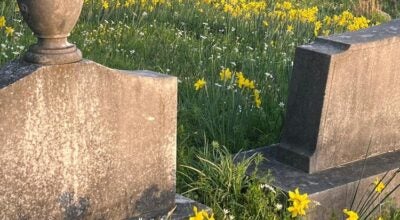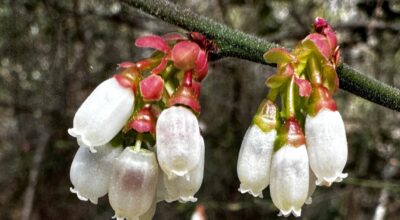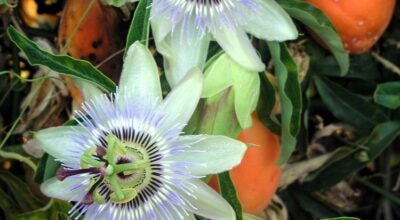Ambrosia beetle’s threat
Published 7:00 am Saturday, February 22, 2014
The redbay ambrosia beetle is working its way through our forests killing trees that are as important to our history and our culture as any building that goes on the National Register of Historic Places, yet there is no register for them.
We have already lost the chestnut tree of “Under A spreading chestnut tree …” fame, the opening line in the Village Blacksmith by Henry Wadsworth Longfellow, to an imported blight. Another blight threatens the dogwood tree. Now we have a little beetle called the redbay ambrosia beetle that carries a fungus deadly to members of the laurel family such as the redbay, a species important to early Southern culture where it was used for seasoning in the same way as the European laurel that produces commercial bay leaves.
Besides its historic and cultural value, the redbay produces food for deer, turkey, quail and other wildlife and is the primary larval food source for the palamedes swallowtail butterfly.
The beetle and its fungus also attack sassafras, pond berry, pond spice and avocado trees. The sassafras is another signature Southern tree from which file’ for gumbo is made from the leaves, and root beer and sassafras tea are made from its roots. Its wood is used in the production of piano soundboards.
The American elm that lined streets in many U.S. cities is another example of an historic tree that has all but disappeared in recent years.
Other trees I would add to an historic plants list are the live oak, the pecan — oh, so many trees and plants that we take for granted and which could soon disappear if an imported disease or insect attacks them.
We need an “historic” designation for important plant life and charge USDA scientists with protecting trees on such a list.





